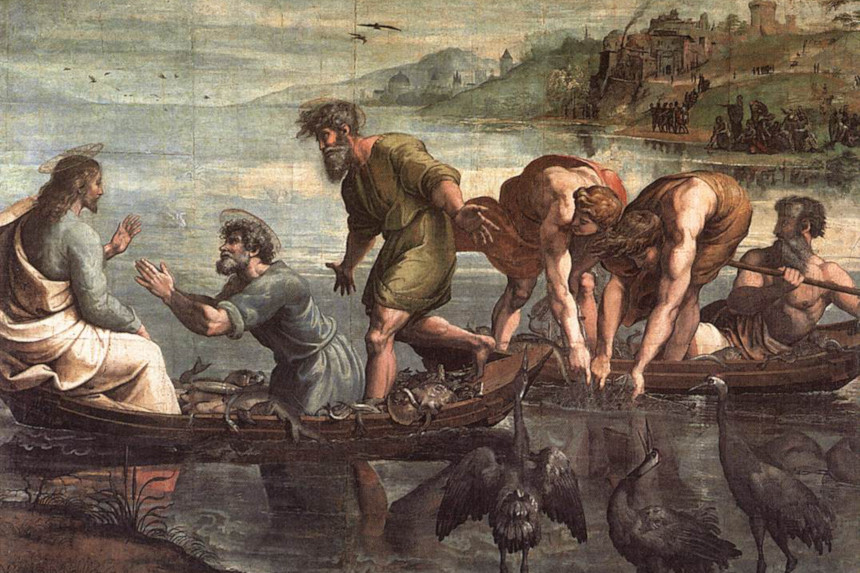Managing editor and logophile Andy Hollandbeck reveals the sometimes surprising roots of common English words and phrases. Remember: Etymology tells us where a word comes from, but not what it means today.
When I was a kid, Saturday morning was the one day a week I could start my morning unprompted. No alarm clock, no mother calling up the stairs, no pulling the pillow over my head for “just five more minutes!” Why? Because something was waiting for me on TV: Saturday-morning cartoons. From sunrise to lunchtime, Saturday-morning TV was the one broadcasting block devoted to the entertainment of children, and I was there for it, whether it was new episodes of G.I. Joe and The Smurfs or reruns of The Jetsons and The Flintstones.
With 24/7 online access to video entertainment, the unfettered excitement of Saturday-morning cartoons is largely lost for the children of today, but the cartoons themselves are not. The world is awash in animation, from big-screen, Emmy-winning feature films to small-screen standbys. Cartoons themselves have been around for several centuries, but the cartoons of old weren’t so animated or joyous, and they definitely were not made for children.
Renaissance artists, when they were preparing a new work, would often begin with preliminary sketches or paintings — smaller versions used to work out balance or details, and even full-sized renderings they used as guides for the completed work. They would create these sketches on heavy paper or pasteboard, which was inexpensive but also durable enough to last through the creation of the finished piece or to ship abroad to patrons for approval. That heavy paper was called carton in French and cartone in Italian, both words finding their root in the Latin carta “paper” — the root that also gives us charter, cartridge, cartel, and cartography.
In the same way that people started calling containers made of tin tins, artists over time began referring to these preliminary drawings by the paper they were created on. By the late 17th century, English-speakers were calling these sketches cartoons.
Once cartoons became the name of the artwork instead of the medium, it didn’t take long for the word to find new meaning outside fine art. The first cartoons in the more modern sense — finished works of their own, rather than preliminary sketches — appeared in newspapers and magazines in the first half of the 19th century. They were mostly attacks or defenses of certain political ideals or opponents — essentially political cartoons.
But from there, the art form blossomed into comic strips, comic books, moving animation, graphic novels, and, of course, my beloved Saturday-morning cartoons.
Bonus history: This heavy paper cartone was good for more than artwork. People used it to make sturdy but disposable boxes, and in the early 1800s, the name for the paper became the name for the boxes, too. English-speakers call them cartons.
Featured image: The Miraculous Draught of the Fishes, one of the seven surviving “Cartoons of Raphael” created in 1515-16 as preliminary designs for tapestries in the Sistine Chapel. (Lent by Her Majesty The Queen, Victoria & Albert Museum, Public Domain)
Become a Saturday Evening Post member and enjoy unlimited access. Subscribe now




Comments
There is still such a thing, I am very interested in the art of Europe, Thank you for providing this information to me for research.